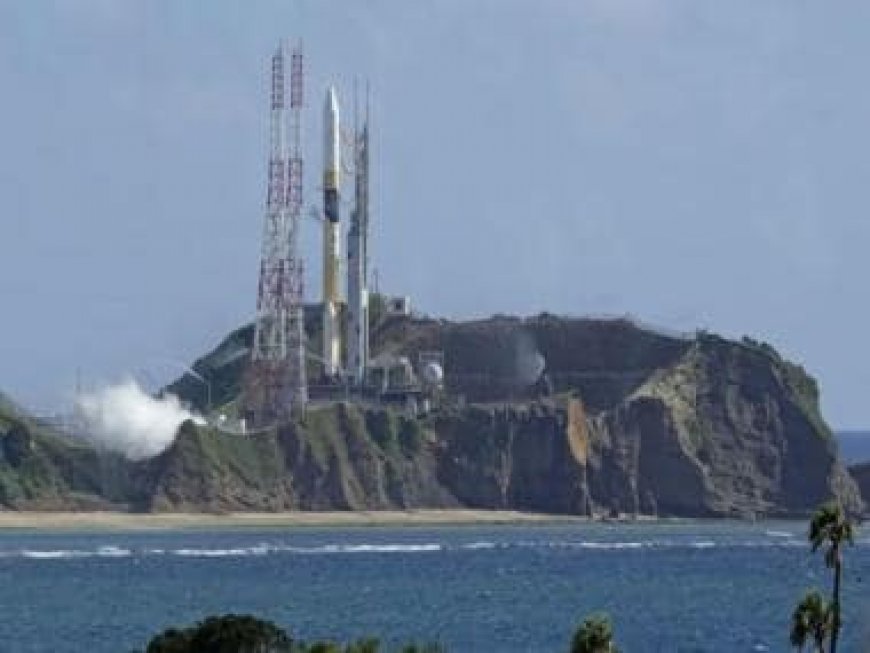Japan eyes fifth spot in elite space club, ‘moon sniper’ to attempt landing on lunar surface tomorrow
Japan eyes fifth spot in elite space club, ‘moon sniper’ to attempt landing on lunar surface tomorrow

Japan is aiming to become the fifth country to land a spacecraft on the lunar surface with the launch of a low-cost “moon sniper” on Thursday that will test precision landing technology and has been designed to further Tokyo’s space goals.
The launch comes weeks after India became the first country to land on the moon’s South Pole, triggering an outpouring of national pride and highlighting a new space race that features the private sector.
The Japan Aerospace Exploration Agency (JAXA) mission is scheduled to take off from the Tanegashima Space Centre in southern Japan on Thursday, according to Mitsubishi Heavy Industries, which oversees launches for JAXA and has built the H-IIA rocket carrying the lander.
The Smart Lander for Investigating Moon (SLIM) craft – dubbed “moon sniper” by JAXA – is set to touch down on the near side of the moon close to Mare Nectaris, a lunar basin that is one of the visible dark spots on the moon.
The mission is meant to demonstrate Japan’s ability to put a lightweight, low-cost craft on the moon within 100 metres of a designated landing site using an advanced visual navigation system.
The landing is likely to be a “breathless, numbing 20 minutes of terror, Kenji Kushiki, the sub-project manager of the SLIM mission, said in a blog post on a JAXA website, adding that landing was akin to a “one-shot game that cannot be undone”.
Japan’s efforts to build a home-grown space industry are also on display: The lander was assembled by Mitsubishi Electric using its landing radars, computers and transponder. Sharp Corp supplied solar cells and Meisei Electric supplied the navigation cameras.
PRECISE LANDING
The $100-million mission is expected to reach the moon by February after travelling along a looping, fuel-efficient trajectory of Earth to moon orbits.
India last month put its Chandrayaan-3 rover lander down near the moon’s South Pole in a $75 million mission. That made India the fourth country to land a spacecraft on the moon after the United States, Russia and China.
“Precise landing technology gives the ability and confidence for future human space exploration missions. Such technologies could be extended to reusable launch vehicle missions, which can make future missions more cost effective,” said Sreeram Ananthasayanam, a partner at Deloitte India.
Two earlier attempts by Japan to land on the moon failed. JAXA lost contact with a lander carried by a NASA rocket and failed in an attempted landing in November. A lander made by Japanese start up ispace crashed in April as it attempted to descend on the lunar surface.
Recently, Russia’s first moon mission in nearly half a century, Luna-25, crashed while trying to land on the lunar South Pole in August, days ahead of India’s mission.
Japan is cooperating with the US on a moon-orbiting space station that will serve as a staging post for missions to the Moon and Mars. In return, Washington has promised Japan seats on future crewed Artemis missions to the moon.
What's Your Reaction?

























































